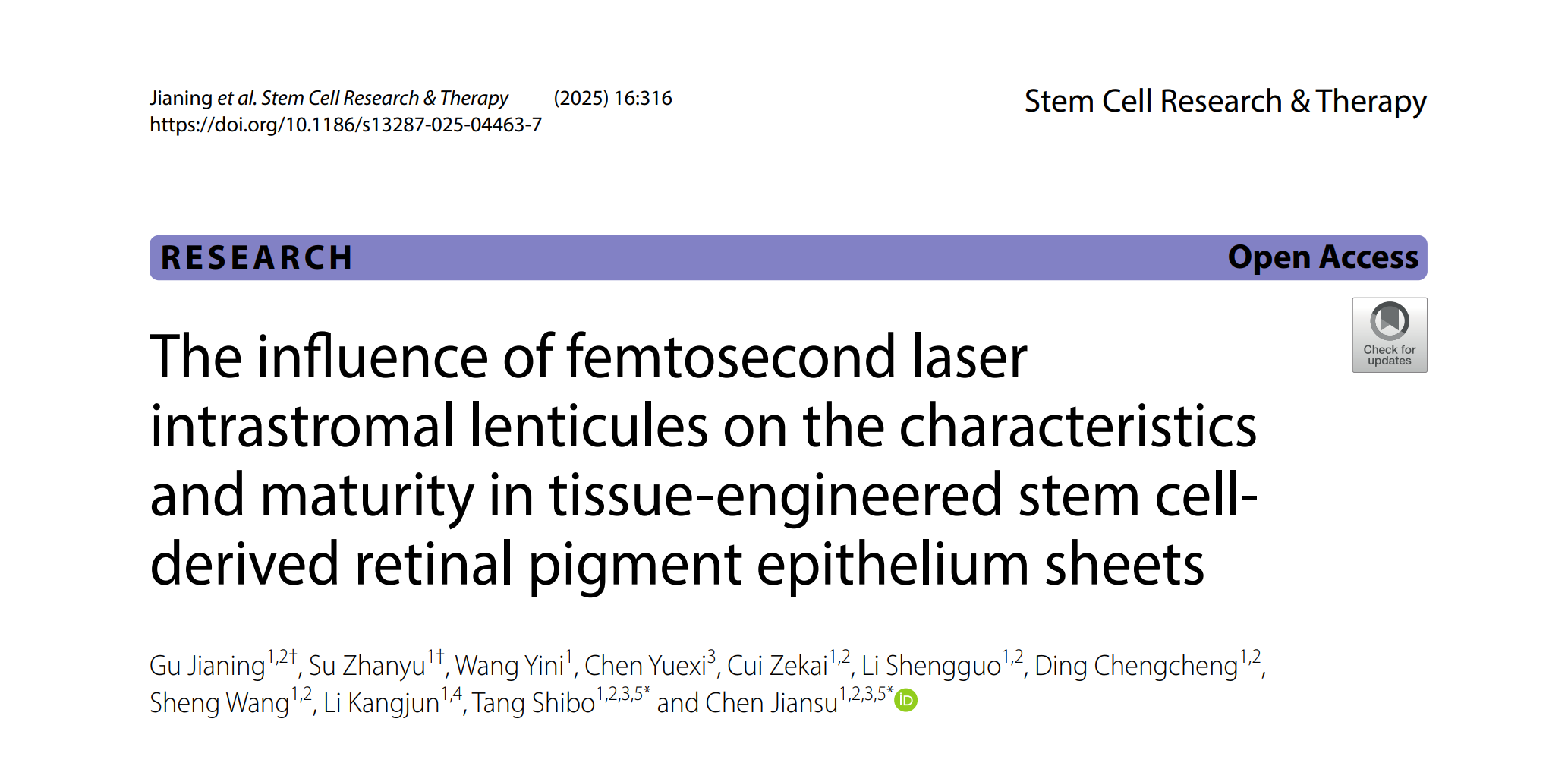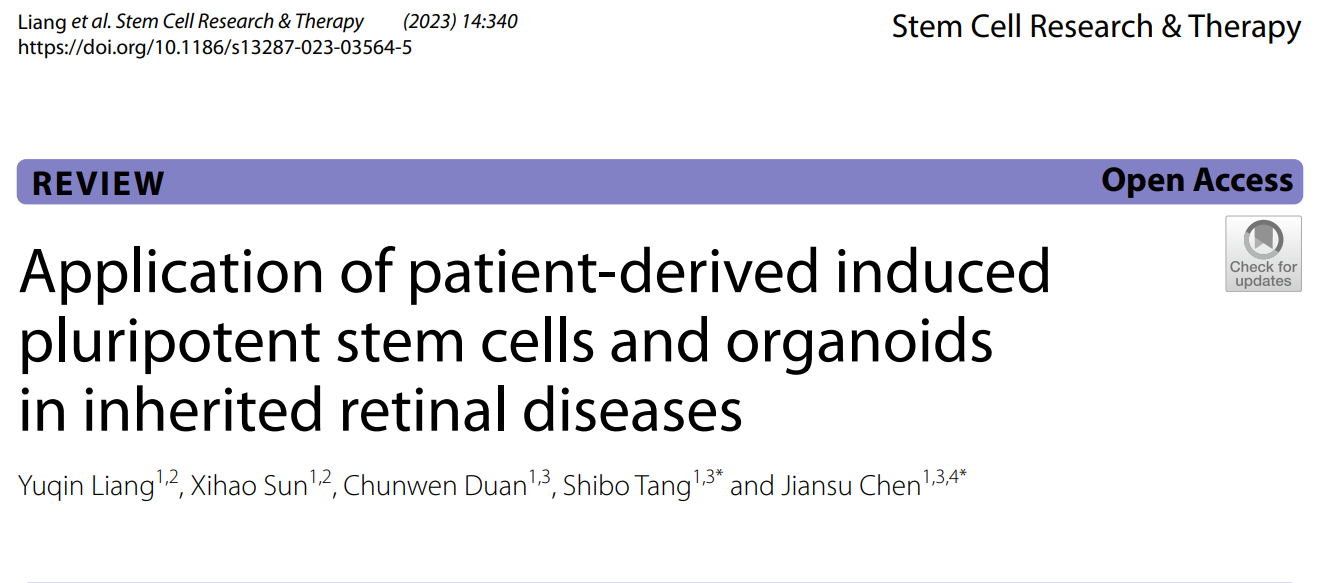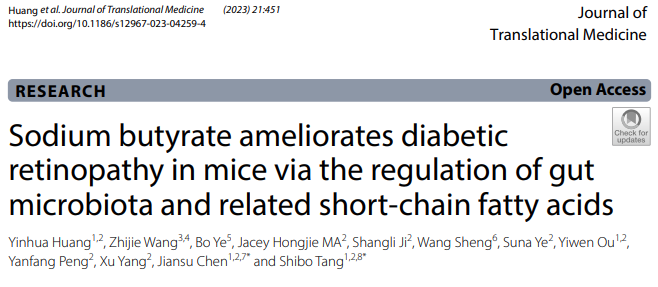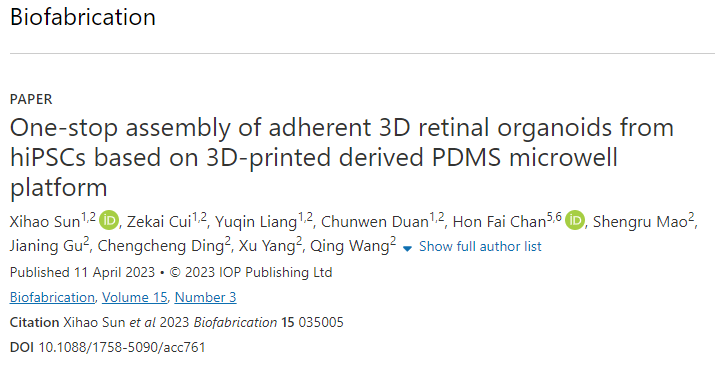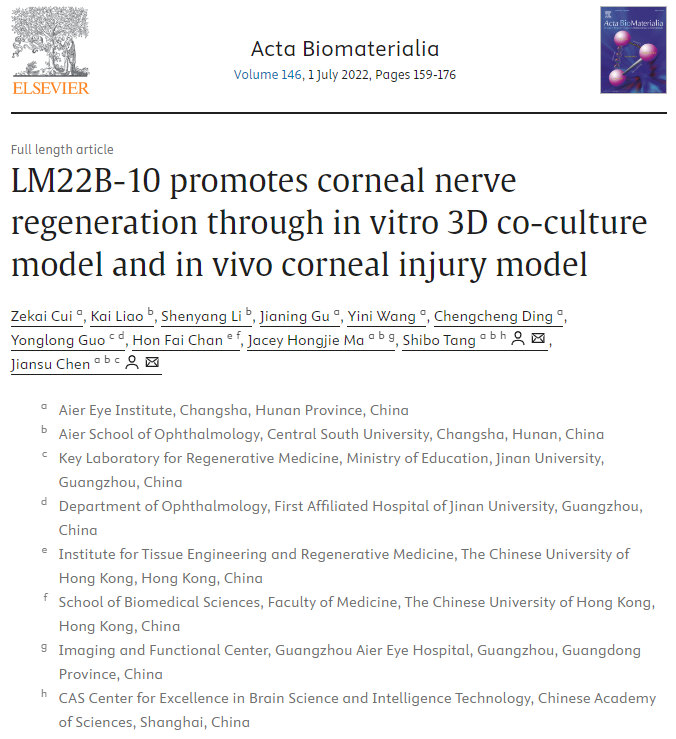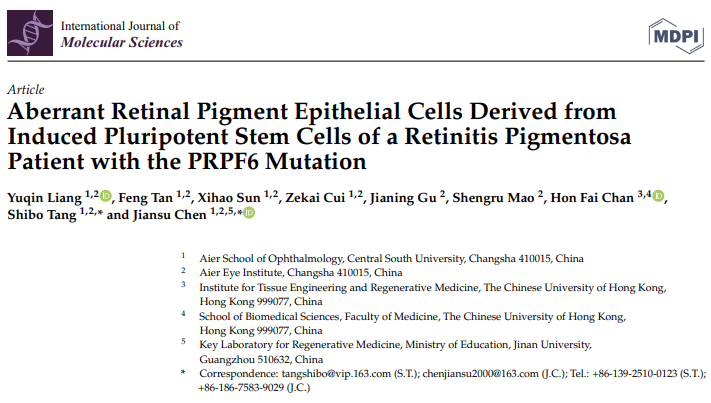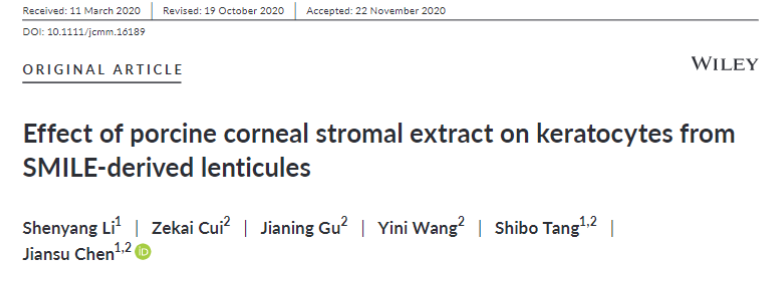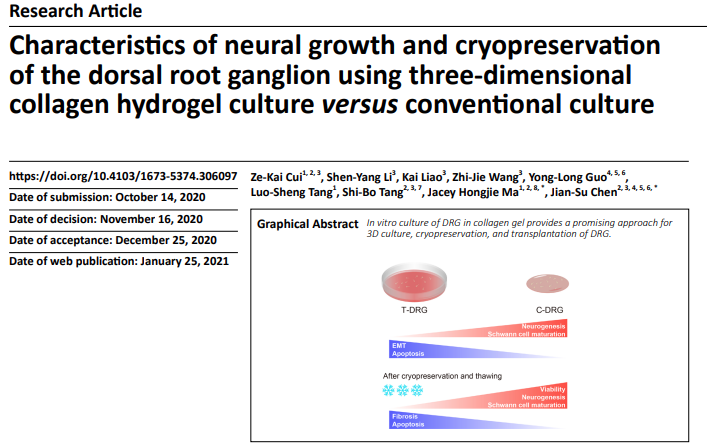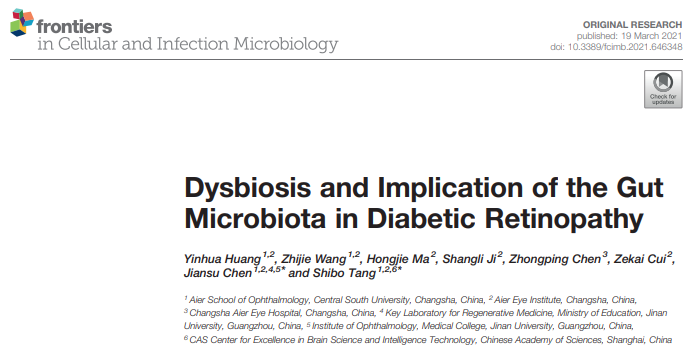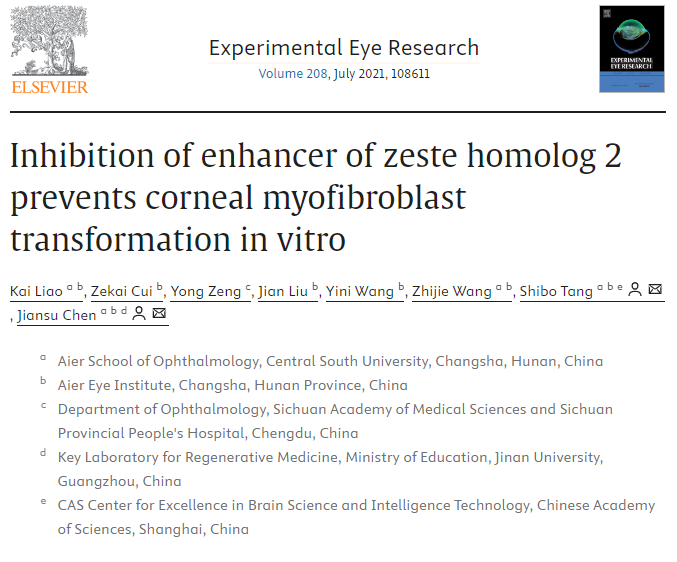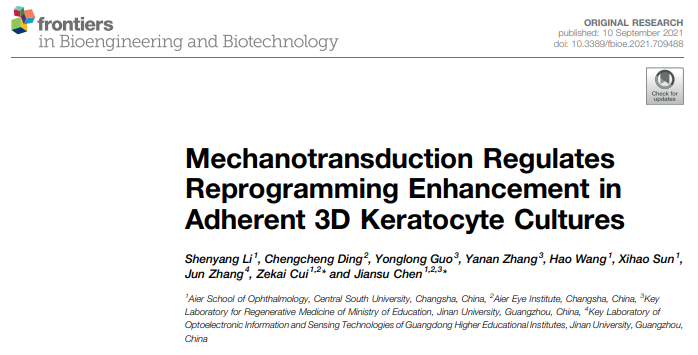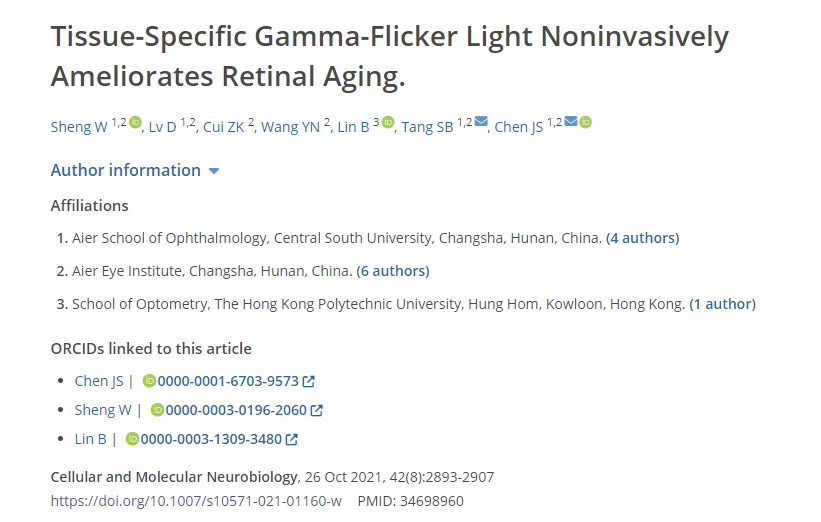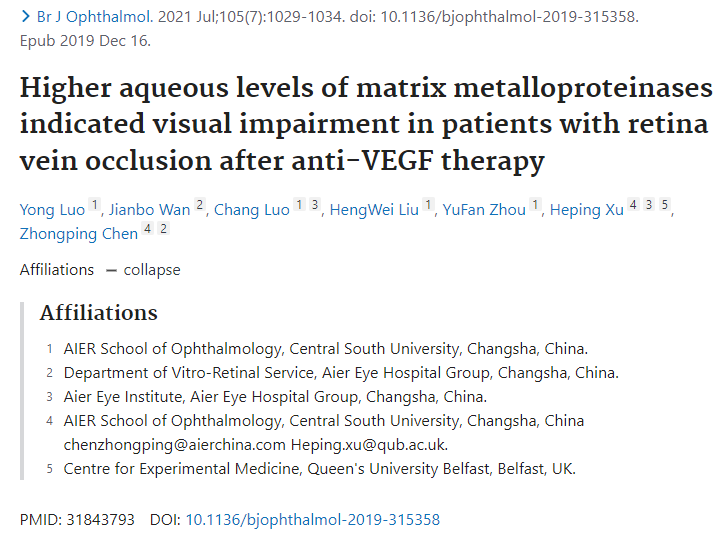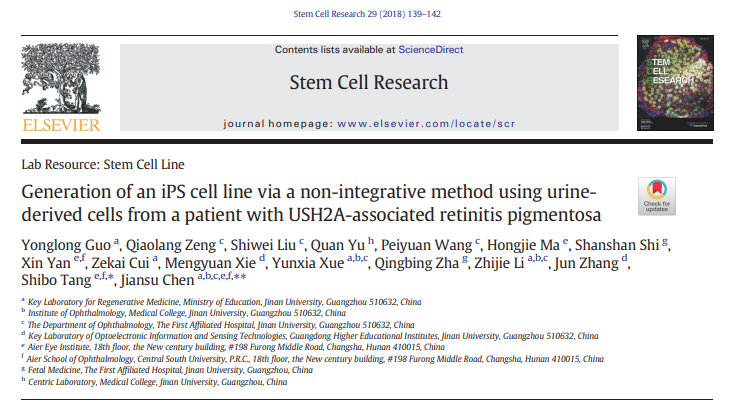- 首页
- 关于我们
概况介绍 研究方向 人才培养 委员会/committee
- 员工团队
特聘专家 主要领导 行政团队 技术团队 PI团队- 科研平台
中心实验室 实验动物中心 生物样本库- 最新资讯
- 首页
- 关于我们
概况介绍 研究方向 人才培养 委员会/committee
- 员工团队
特聘专家 主要领导 行政团队 技术团队 PI团队- 科研平台
中心实验室 实验动物中心 生物样本库- 最新资讯
Integrated Analysis of DNA methylation and transcriptome profile to identify key features of age-related macular degeneration发布日期: 2024-09-04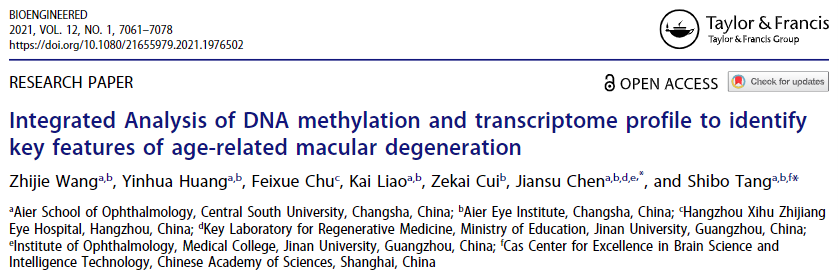
Abstract
Age-related macular degeneration (AMD) is a common vision-threatening disease. The current study sought to integrate DNA methylation with transcriptome profile to explore key features in AMD. Gene expression data were obtained from the Gene Expression Omnibus (GEO, accession ID: GSE135092) and DNA methylation data were obtained from the ArrayExpress repository (E-MTAB-7183). A total of 456 differentially expressed genes (DEGs) and 4827 intragenic differentially methylated CpGs (DMCs) were identified between AMD and controls. DEGs and DMCs were intersected and 19 epigenetically induced (EI) genes and 15 epigenetically suppressed (ES) genes were identified. Immune cell infiltration analysis was performed to estimate the abundance of different types of immune cell in each sample. Enrichment scores of inflammatory response and tumor necrosis factor-alpha (TNFα) signaling via nuclear factor kappa B (NF-κb) were positively correlated with abundance of activated memory CD4 T cells and M1 macrophages. Subsequently, two significant random forest classifiers were constructed based on DNA methylation and transcriptome data. SMAD2 and NGFR were selected as key genes through functional epigenetic modules (FEM) analysis. Expression level of SMAD2, NGFR and their integrating proteins was validated in hydrogen peroxide (H2O2) and TNFα co-treated retinal pigment epithelium (RPE) in vitro. The findings of the current study showed that local inflammation and systemic inflammatory host response play key roles in pathogenesis of AMD. SMAD2 and NGFR provide new insight in understanding the molecular mechanism and are potential therapeutic targets for development of AMD therapy.
相关文章-
Generation of vascularized retinal organoids containing microglia based on a PDMS microwell platformAbstractRetinal organoids (ROs) offer a biomimetic in vitro model for inves...2025-10-24
-
近期,爱尔眼科长沙医学中心陈建苏教授、唐仕波教授、崔泽凯副教授团队在角膜损伤修复和视网膜疾病治疗方面研究取得了多项令人瞩目的成果,为了解致盲性角膜和视网膜疾病的...2025-08-04
-
近日,由中国医师协会眼科医师分会遗传眼病学组牵头制定的《X连锁视网膜劈裂症临床诊疗的中国专家共识(2025)》(以下简称《共识》)正式发布。X连锁视网膜劈裂症是...2025-07-07
-
AbstractBackground Recent advances in clinical trials have involved the transpla...2025-05-06
-
Inherited retinal diseases (IRDs) can induce severe sight-threatening retinal de...2024-09-11
-
Diabetic retinopathy (DR) development is associated with disturbances in the gut...2024-09-04
-
The three-dimensional (3D) retinal organoids (ROs) derived from human induced pl...2024-09-04
-
Corneal nerve wounding often causes abnormalities in the cornea and even blindne...2024-09-04
-
Pre-mRNA processing factors (PRPFs) are vital components of the spliceosome and ...2024-09-04
-
Propagating large amounts of human corneal stromal cells (hCSCs) in vitro while ...2024-09-04
-
In vertebrates, most somatosensory pathways begin with the activation of dorsal ...2024-09-04
-
The pathogenesis of type 2 diabetes mellitus (T2DM) is commonly associated with ...2024-09-04
-
Corneal fibroblast can be transformed into corneal myofibroblasts by TGF-β1.2024-09-04
-
Age-related macular degeneration (AMD) is a common vision-threatening disease. T...2024-09-04
-
Suspended spheroid culture using ultralow attachment plates (ULAPs) is reported ...2024-09-04
-
本申请涉及细胞和器官培养技术领域,公开了一种三维类器官灌流培养器具,包括:细胞培养室,细胞培养室用于盛放培养基;多个换液槽,设于细胞培养室,用于更换细胞培养室中...2024-09-04
-
Purpose: Retinal inflammation is involved in the pathogenesis of several retinal...2024-09-03
-
Aging is a risk factor for multiple retinal degeneration diseases. Entraining br...2024-09-03
-
Purpose: To investigate the levels of matrix metalloproteinases (MMPs) in aqueou...2024-09-03
-
We have established an induced pluripotent stem (iPS) cell line using urine-deri...2024-09-03
- 员工团队
- 员工团队





